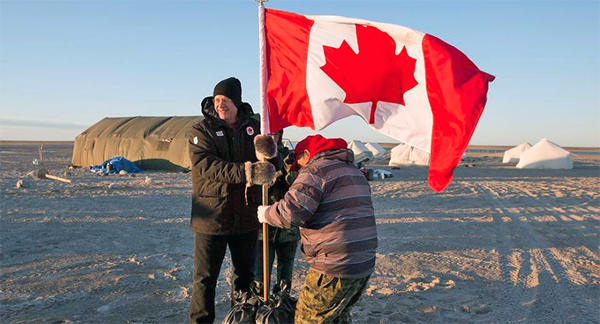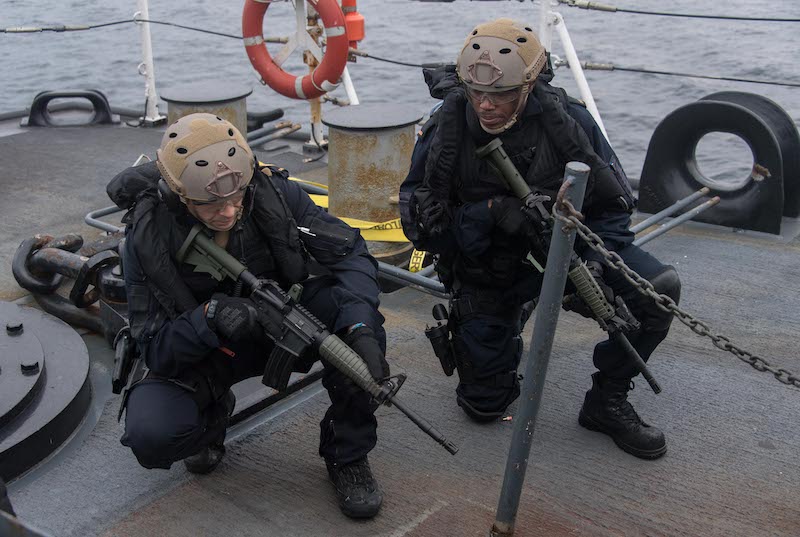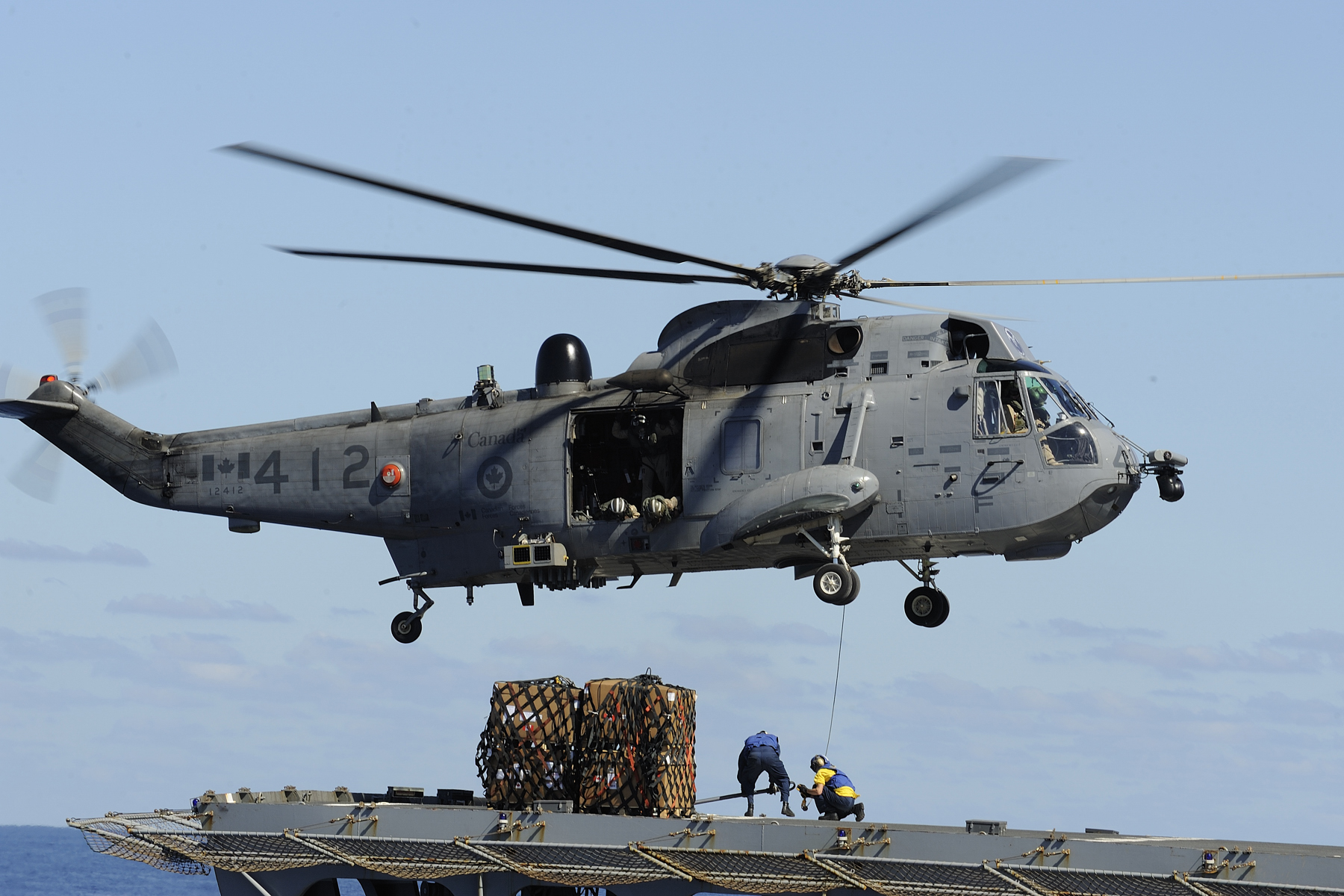Canada’s claim to Arctic sovereignty is an essential piece of Canada’s past, present and future. It also represents one of Canada’s most controversial territorial claims as Canada struggles to expand its sovereignty over a greater stretch of the Far North.
Geographically, Canada has 162,000 kilometers of Arctic coastline, with 40 percent of its landmass located in its northern territories. Although Canada has policed the region since the establishment of the North-West Mounted Police in 1903, sizeable segments of land remain entirely uninhabited and undefended from foreign interference. With recent international interest in resource development and climate change in the Arctic, Canada has had to reassert ownership more forcefully and, in turn, increase its Arctic presence. Though Canada’s claim to Arctic land is secure, ownership of channels and straits remain largely debated.
With an aging Air Force and outdated navy the Canadian government has been struggling to enforce its northern claim. In order to properly defend its holdings, Canada will need to upgrade the Canadian Forces rather than depending heavily on publicity stunts like the 2014 Victoria Strait Expedition.

In review, the Royal Canadian Air Force (RCAF) is made up of arguably outdated CF-18s, which are spread too thin. With RCAF operations in Eastern Europe and Iraq, only a few remain to protect against potential Arctic interference. Furthermore, what remains of the RCAF in Canada is being tested regularly by Russian fly-bys. As Prime Minister Harper has poured contempt and criticism on Russia for the past few months regarding its actions in Crimea, Ottawa did not anticipate payback so close to home.
On June 27, 2014 CBC News reported CF-18’s rushing to intercept Russian T-95 heavy bombers that “wandered” over the Canadian border. If Russian harassment were to continue, it could easily become taxing on Canada’s modest fleet of only 77 CF-18s. This would force Canada to fully operationalize their four Forward Operation Location (FOL) sites at remote locations across northern Canada. This would not only require fighters but also an increase in manpower, as each requires 200 support personnel. Since 2001, Public Works has continued to review the possibility of purchasing a new fleet of F-35s from Lockheed Martin, but it appears that as late as this past June there has been no official comment on the rumors of the $9 billion purchaseof these new fighter jets. Furthermore, there has been no discussion on increasing RCAF personnel.
The Royal Canadian Navy (RCN) is currently the most active branch of the Forces and yet remains one of the most out of date navies in the world. With a total of only 33 main ships and submarines, roughly half of them are being repaired, upgraded or operated at a reduced state of readiness. Meanwhile Russia has been significantly increasing its naval presence in the Arctic region by deploying nuclear icebreakers and 80 naval ships. The RCN is still operating former British submarines constructed in the 80s, and the cost of continued operation and maintenance of this aging submarine fleet is constantly increasing. Recently the RCN requested an additional $19 million to get the Victoria- class fleet operational by the end of 2014. This is $19 million to get the current fleet operational and does not include procurement of new naval assets required to properly police Canada’s northern region.

In 2010 the Government of Canada did show its commitment to building new ships for the RCN and the Canadian Coast Guard, by committing an estimated $288 million. to refine and complete the design of a production ready Arctic/ Offshore Patrol Ship (AOPS). These new AOPS will be capable of performing ocean patrols in all of Canada’s ocean climates and be designed to meet a Polar Class 5 international ice classification standard. This preliminary foray into Arctic shipbuilding could, later on, contribute $8.6 billion directly to the Canadian economy. However the sad fact still remains that delivery of the first AOPS is expected to be as late as 2018.
With all of these procurement needs, it is no wonder Canada has begun to rethink defense procurement policies. In February of this year Public Works and Government Services Canada unveiled a new Defence Procurement Strategy (DPS) with three primary components: delivering the right equipment to the Canadian Armed Forces and the Canadian Coast Guard in a timely manner, creating jobs and economic growth through the purchases of defence equipment and streamlining the defence procurement process.

NORAD was founded on the understanding of common defense for North America. Should Canada then not be able to rely upon its southern neighbours to help defend the Arctic and not have to boost their own forces? And if so, how heavily should Canada rely on America? Canada has committed 1 Canadian air division to remain combat-ready and America the First Air Force. That being said, the NORAD mission is for aerospace warning, aerospace control and maritime warning, not full military cooperation. Under Article II subarticle i, which links NORAD’s status of forces to NATO’s agreement, states are responsible for their own forces and forces may only be sent, by arrangement to service in the territory of another party. Canada then has an obligation to utilize its own forces to meet its goals.
With Arctic activity constantly increasing and the greater need for a bolstered Canadian presence on her northern frontiers, the Canadian government must take the appropriate steps towards effective military procurements, otherwise, less friendly nations may come knocking at Canada’s door.




